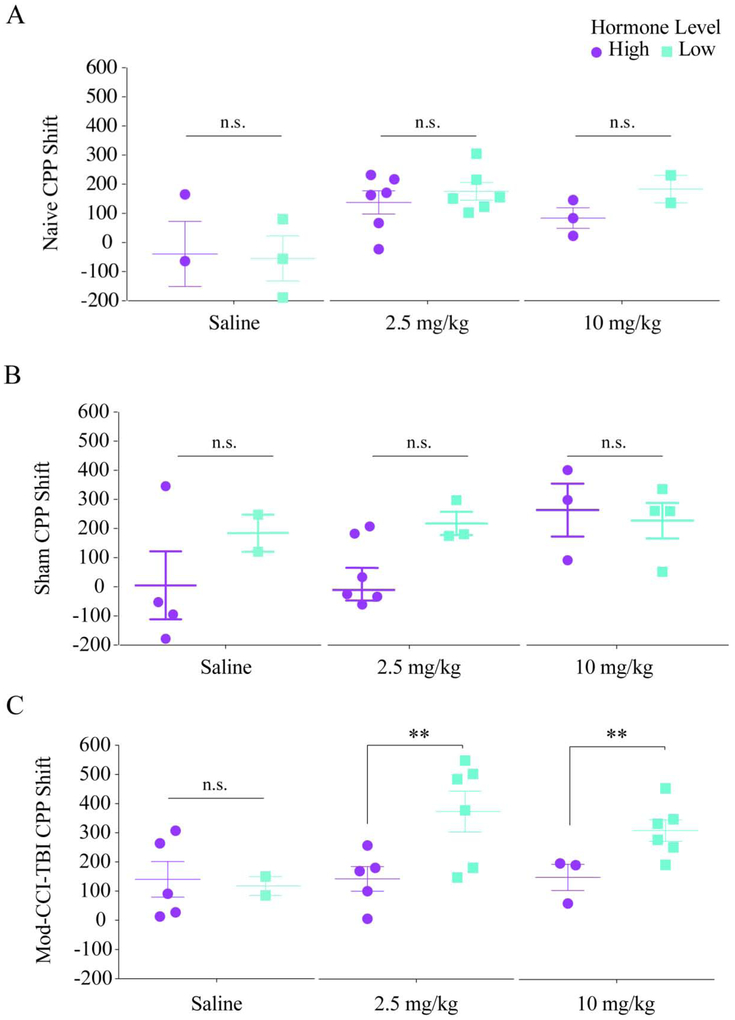Figure 2. High levels of female hormones at the time of adolescent TBI may protect against increased cocaine rewarding efficacy.
Individual female CPP responses stratified by high or low hormone levels determined by estrous phase indicates fluctuating levels of female hormones on the day of TBI may be protective against increased cocaine CPP shifts. Data presented is CPP shift shown for saline, 2.5, and 10 mg/kg cocaine. No significant differences were observed in CPP responses of Naïve (A) or Sham (B) control female mice when stratified by high or low levels of female hormones. CPP shifts for 2.5 and 10 mg/kg are significantly higher in female mice exposed to Mod-CCI-TBI with relatively low (teal) fluctuating female hormones on the day of injury. Lower CPP shifts in Mod-CCI-TBI female mice with high (purple) levels of hormones on day of TBI suggests protection against increased efficacy of cocaine after TBI (C). These results suggest TBI during adolescence may enhance the abuse liability of cocaine in adulthood and the threshold for the rewarding effects of cocaine could be lower in TBI patients in a sex specific manner. Two-way ANOVA, *= p<0.05, **= p<0.01.

